Several Members of This Family Were Aboard the Titanic- Now Their Mansion is a Ruin
The splendor of the mansion cannot be underemphasized.
The effects of the sinking of the Titanic, despite occurring more than more than a century ago, still ripple through our lives. We’ve all seen the film, with it’s polished acting and elaborate set, but there are other ramifications from the loss of so many lives. The fates of the third class passengers, largely immigrants looking for a better life in the U.S., are often unknown to us today. But, there were also a number of high profile people aboard the “unsinkable” ship, including one family whose massive mansion still lies in ruin to this day.
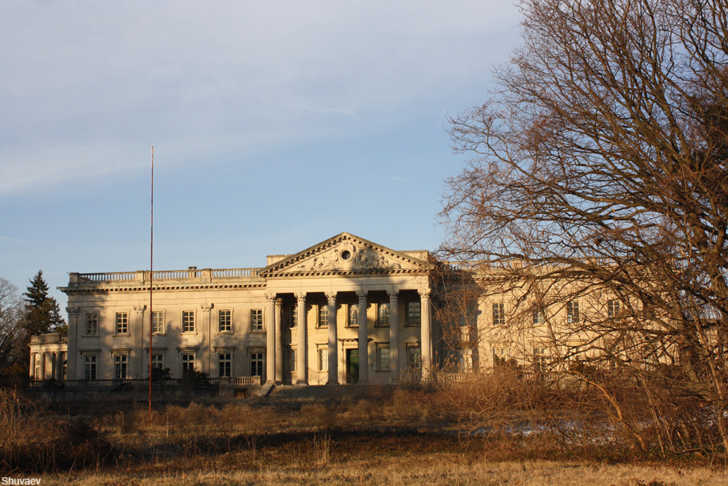
Peter Arrell Browne Widener was born to a butcher and had the good fortune of being signed to supply food to the Union troops during the Civil War. He used his earnings to invest in streetcars and other ventures and was eventually able to commission a mansion to properly display his wealth. He had Lynnewood Hall built in 1900 after his wife died, and he filled the Elkins Park, Pennsylvania, house with draperies and wallpapers of silk, as well as a massive art collection (about which he was said to be fanatical) thart included works by some of the greatest artists in history.
The T-shaped house was modeled on Georgian manor houses of England. The 110 rooms were filled the finest furnishings. But, Widener’s son and grandson, George Dunton Widener and Harry Elkins Widener respectively, died aboard the Titanic. The senior Mr. Widener died just 3 years later. After that, the mansion didn’t fare so well.
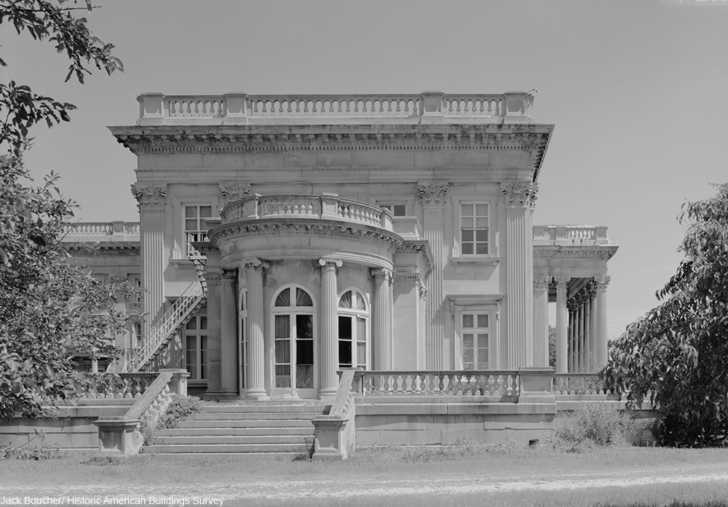

Lynnewood Hall has now sat empty for decades. It has been owned by a doctor for years, and has been on and off the real estate market, but no one appears to have lived there for much of the last last century.
It’s no surprise that the massive building remains empty to this day. During the heyday of Lynnewood Hall, it took a minimum of 37 full time employees to keep the house running up to standards. It took 60 people to tend to the gardens and lawns. With needs like that, only someone extremely dedicated could ever hope to make the building functional again- and only then with a large staff and a lot of money.
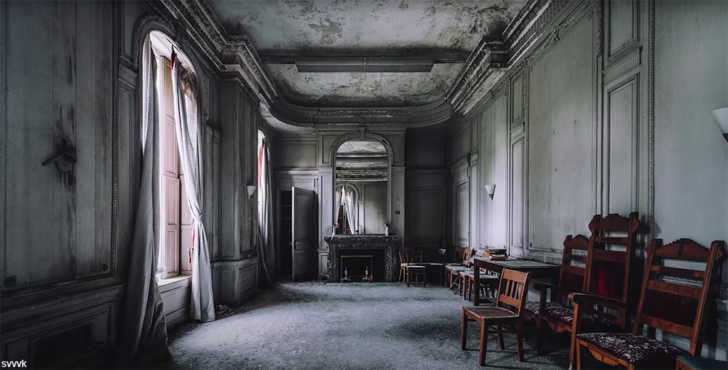
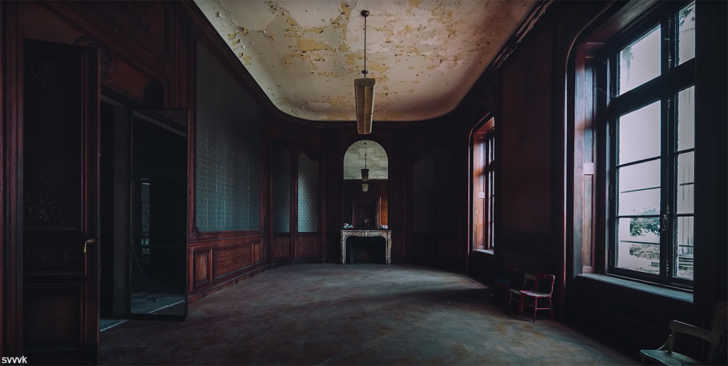

While the property has been vacant for many decades, it has also been well-protected. Unlike other lost mansions sitting in disrepair, the windows are not broken and there is no graffiti. This is perhaps because of the guard dogs, controlled by a groundkeeper, that keep people out for the most part. The house also happens to be along a road traveled often by police to get to their headquarters, which probably helps keep out some of the vandals.
These measures keep the building relatively safe, but this does not mean that the building isn’t still crumbling to dust. An estimate about the building’s integrity from architect, Mary DeNadai, was that at some point in the near future the costly price tag of restoration (an estimated $10M in 2012 for basic upkeep and $50M to restore the mansion to its 1900 splendor) will mean nothing if work to restore the building in not undertaken in the next decade. After that the building may bee too far gone to even save.


By some estimates the last time the indoor pool at Lynnewood Hall (above) saw water was World War II.
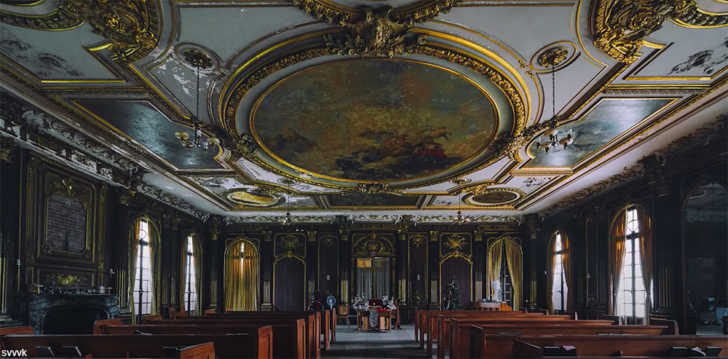
As it remains, there are some people who have gained access into the mansion and so tours exist on YouTube of the once-glorious mansion. Despite the fact that there are no squatters and intruders to the property are limited, it’s clear that time has not been kind to this grande dame.
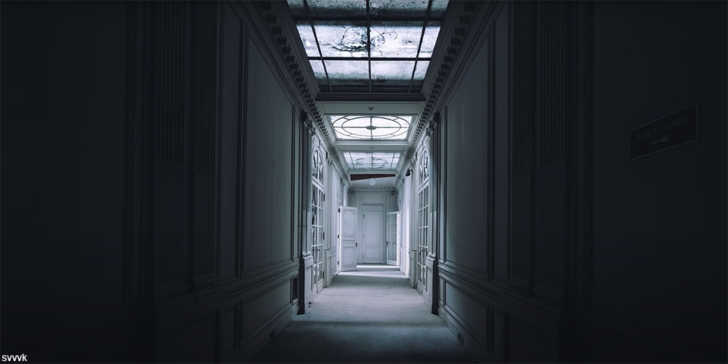
The fresco ceilings are losing their pigment, and in some parts of the mansion the roof has started collapsing. The fate of this Gilded Age mansion is still unknown, but you can see this faded gem in detail in the footage below.
SKM: below-content placeholderWhizzco for DOT

